According to statistics from the Ministry of Information and Communications , as of October, the percentage of mobile phone subscribers using smartphones reached 88.7%; the percentage of households with broadband fiber optic internet was 82.3%, an increase of more than 2% compared to February 2024.
Approved by the Prime Minister on January 11, 2024, the "Information and Communication Technology Infrastructure Planning for the period 2021-2030, with a vision to 2050" clearly defines information and communication technology infrastructure as the infrastructure for national digital transformation, opening up new development spaces for socio -economic development, linking development in space with traditional physical development spaces, and creating a favorable environment for innovation to enhance national competitiveness.
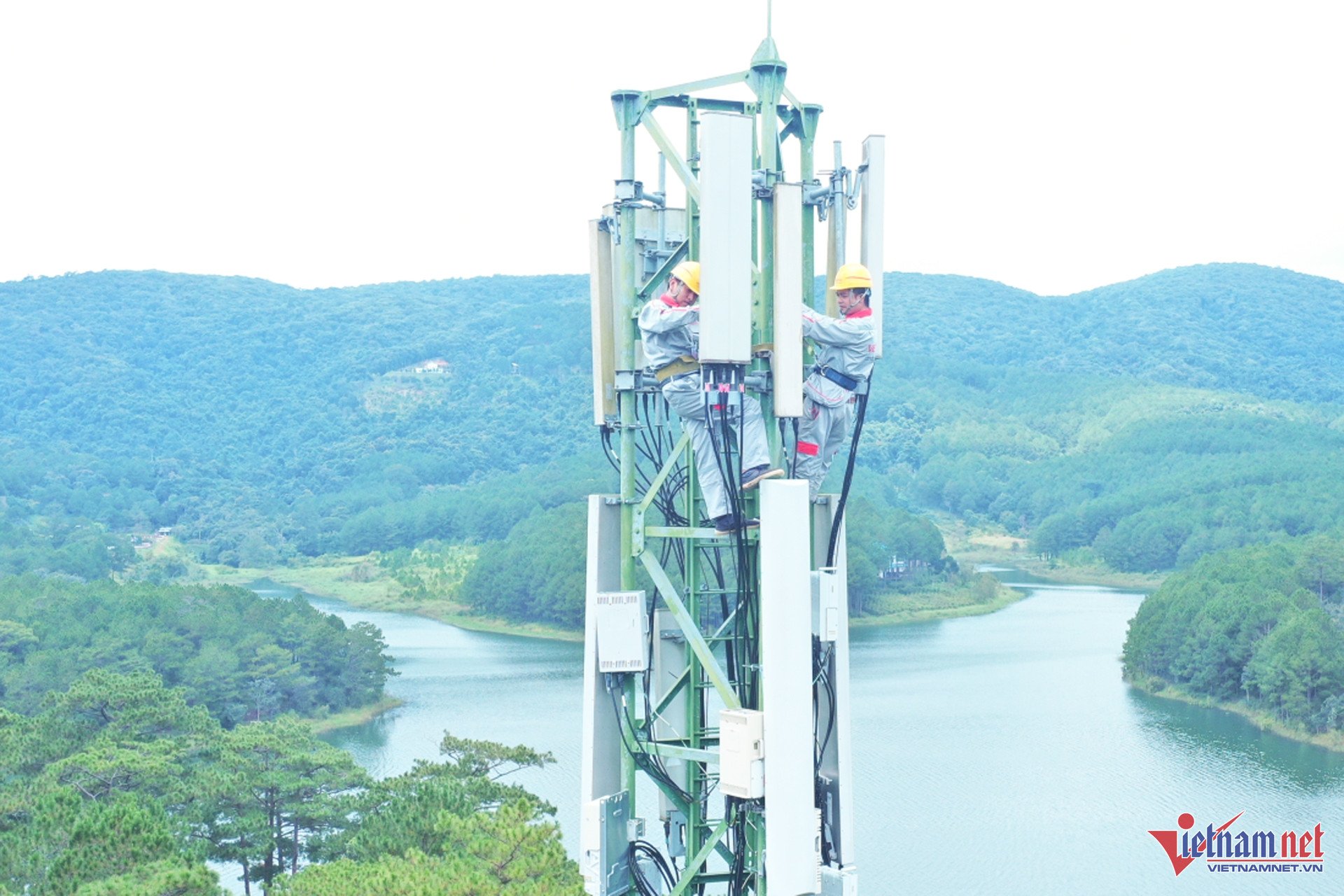
The ICT infrastructure planning focuses on developing digital infrastructure. According to the 'Digital Infrastructure Strategy to 2025 and Orientation to 2030', Vietnam's digital infrastructure has four main components: telecommunications and Internet infrastructure, data infrastructure, physical-digital infrastructure, and digital utility and technology infrastructure such as services.
As the infrastructure of the economy, Vietnam's digital infrastructure is required to have ultra-large capacity, ultra-wide bandwidth, widespread accessibility, sustainability, greenness, intelligence, openness, and security to meet the requirements of digital economic development, digital society, and digital government, contributing to national defense and security.
In the national digital transformation report for October 2024, released on November 5th, the Ministry of Information and Communications stated that six localities, including Ca Mau, Long An, Kon Tum, Dak Nong, Ben Tre, and Lang Son, have issued plans to implement the "Information and Communications Infrastructure Planning for the period 2021-2030, with a vision to 2050" within their respective provinces.
Updating the situation regarding the development of digital infrastructure serving the national digital transformation, the Ministry of Information and Communications reported that, as of October, the percentage of mobile phone subscribers using smartphones reached 88.7%; and the percentage of households with broadband fiber optic internet reached 82.3%.

Regarding coverage in villages with weak mobile phone signals, as of the end of September 2024, there were still 761 villages nationwide with weak mobile phone signals, of which 637 villages had electricity and 124 villages did not.
Regarding the deployment of infrastructure for providing fixed broadband internet access services, statistics from the Ministry of Information and Communications show that, to date, there are still 3,551 villages that do not have fiber optic cables reaching them.
Regarding the commercialization of 5G telecommunications services, this year, the Ministry of Information and Communications successfully auctioned off the right to use radio frequencies for 5G deployment and granted licenses to three companies, Viettel, VNPT, and MobiFone, to deploy commercial 5G.
Since mid-October 2024, Viettel has been the first telecommunications enterprise to launch a 5G network, with 6,500 mobile base stations (BTS), covering 100% of the capitals of all 63 provinces and cities, industrial zones, tourist areas, seaports, airports, hospitals, and universities.
Besides the positive results achieved in the past period, the national digital transformation report for October 2024 also clearly points out one of the limitations: there are still 124 villages without access to the power grid, or with electricity but insufficient to operate BTS stations. Deploying generators to supply power to BTS stations would be very costly for telecommunications companies, while revenue would not cover the costs.
In addition, some villages have difficult terrain, making the investment costs for electricity transmission, fiber optic cables, and the construction of BTS stations in these areas expensive.
To address the aforementioned difficulties in developing digital infrastructure, the Ministry of Information and Communications proposes a key solution: relevant ministries and agencies such as the Ministry of Industry and Trade, the State Capital Management Committee at Enterprises, Vietnam Electricity Group (EVN), and local authorities should coordinate and create favorable infrastructure conditions so that telecommunications enterprises can provide coverage to underserved areas; bring fiber optic cables to villages and hamlets, and meet the needs of households.
| The 'Digital Infrastructure Strategy to 2025 and Orientation to 2030' sets the goal of achieving fiber optic internet coverage for households by 2025; 100% of provinces, cities, high-tech zones, concentrated IT zones, research and development centers, innovation centers, industrial parks, train stations, seaports, and international airports having 5G mobile services... The goal by 2030 is for 100% of users to have access to fiber optic internet at speeds of 1Gb/s or higher; and for 99% of the population to have 5G mobile broadband coverage. |
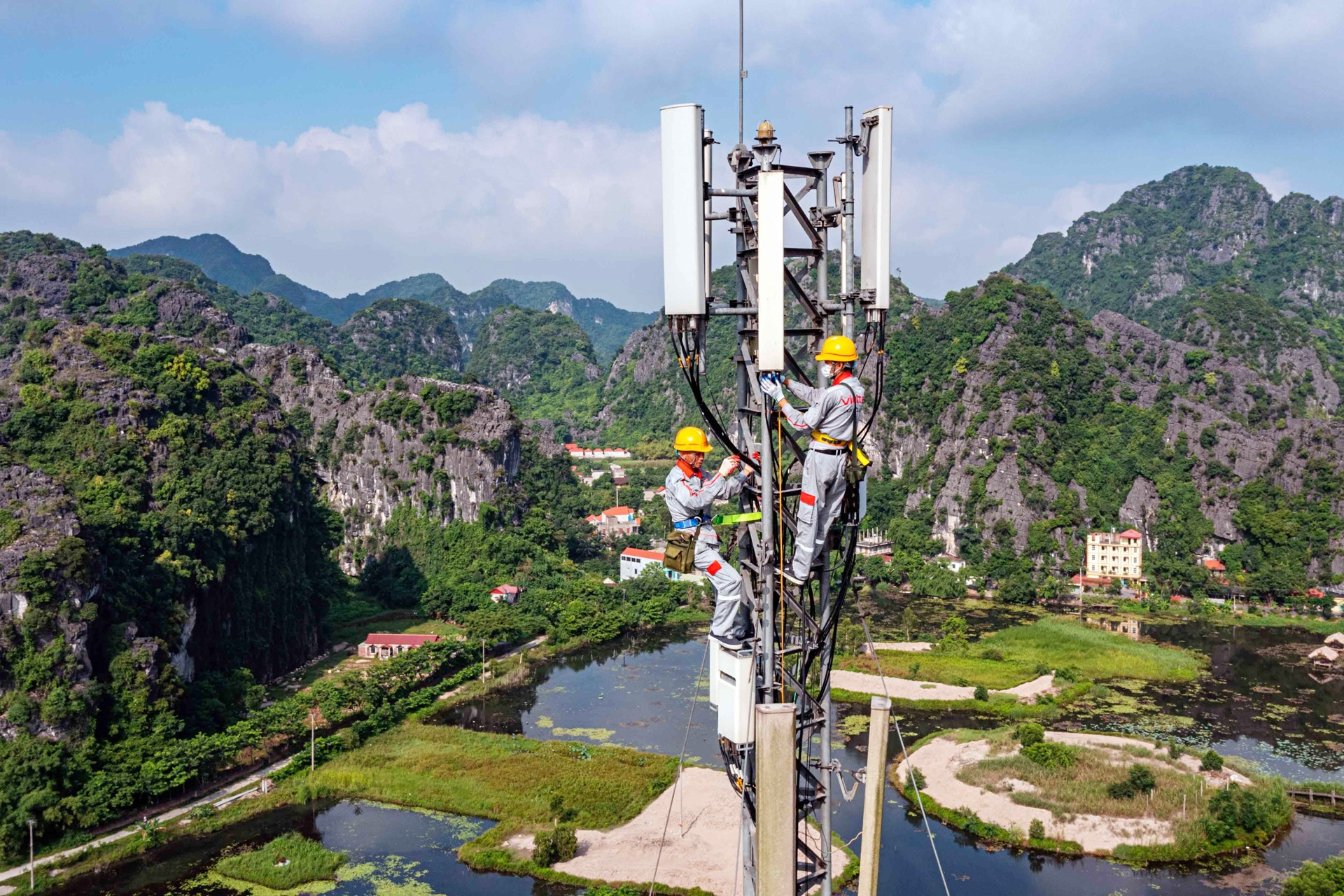
Source: https://vietnamnet.vn/hon-82-ho-gia-dinh-viet-nam-da-co-internet-cap-quang-bang-rong-2338943.html








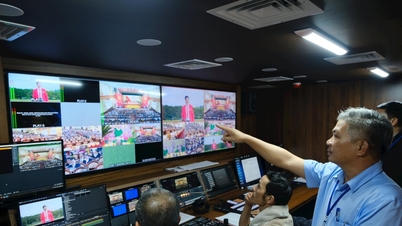

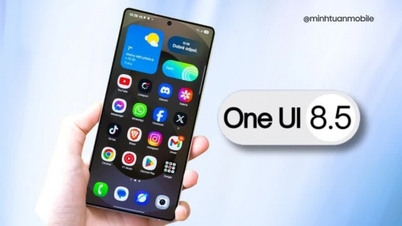



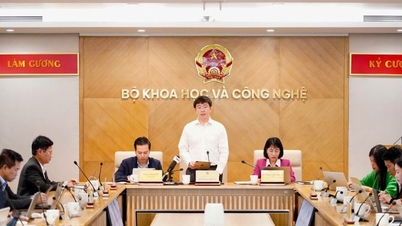

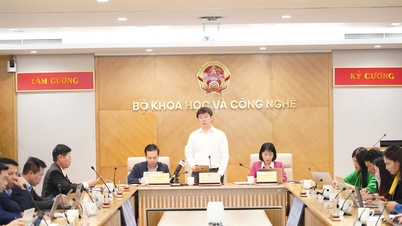






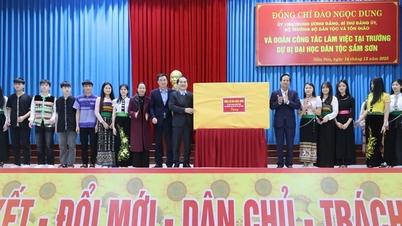


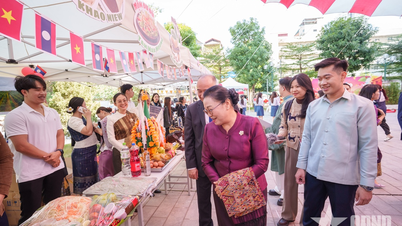















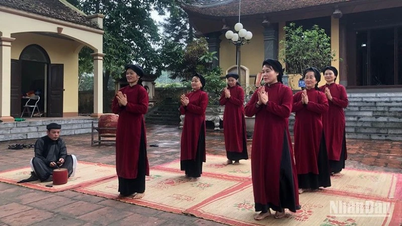






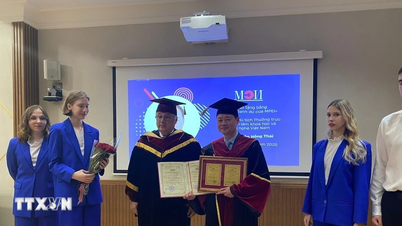





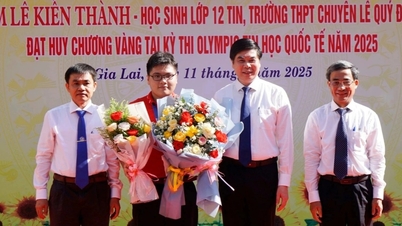

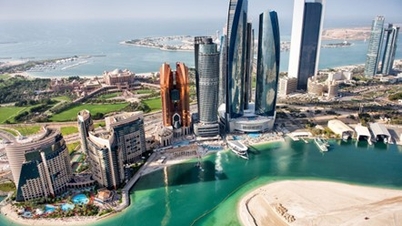






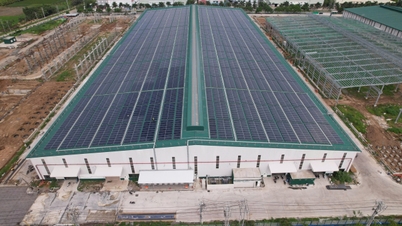













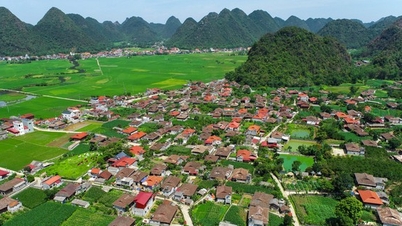





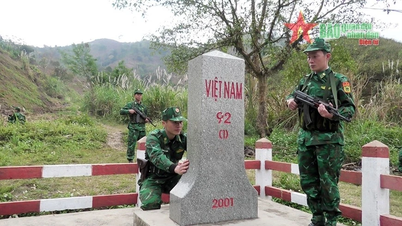





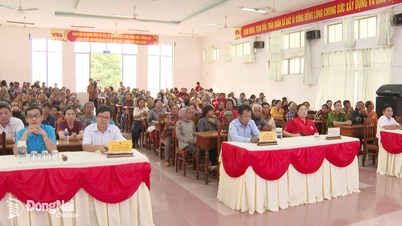
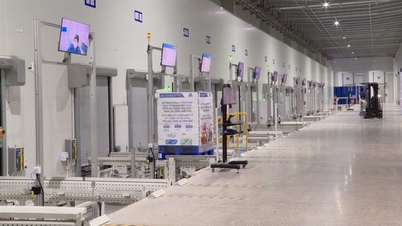













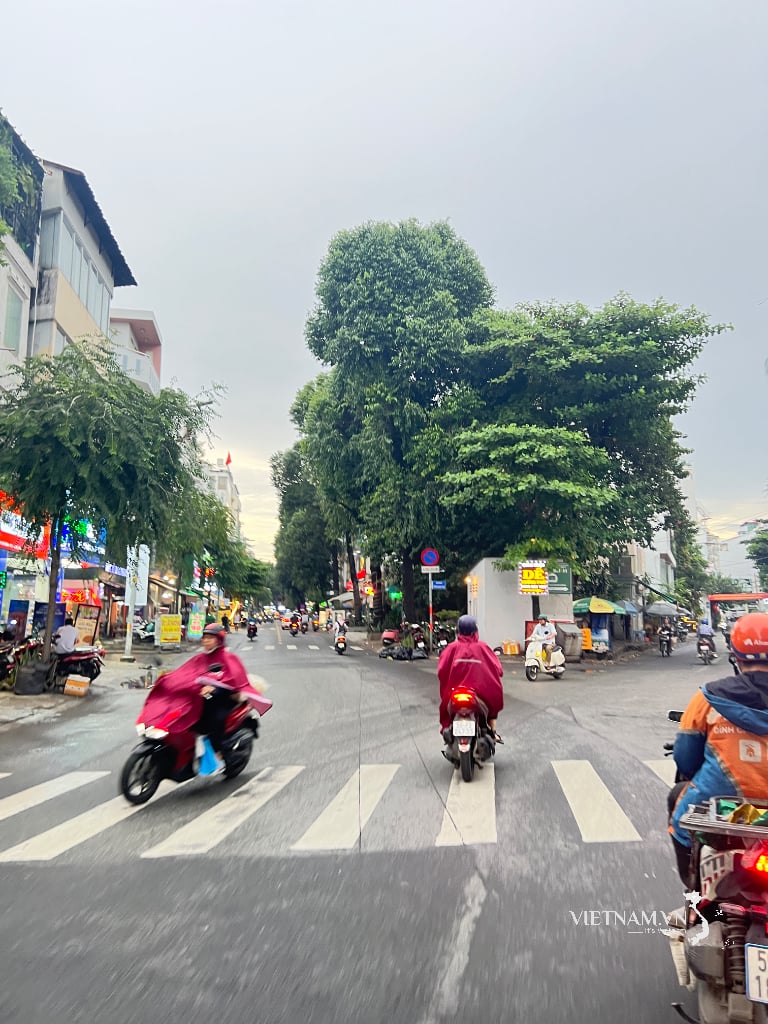

Comment (0)